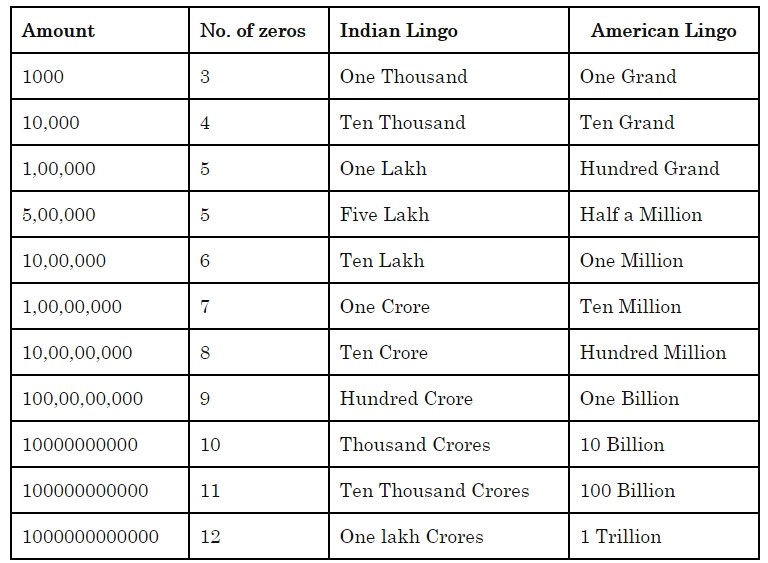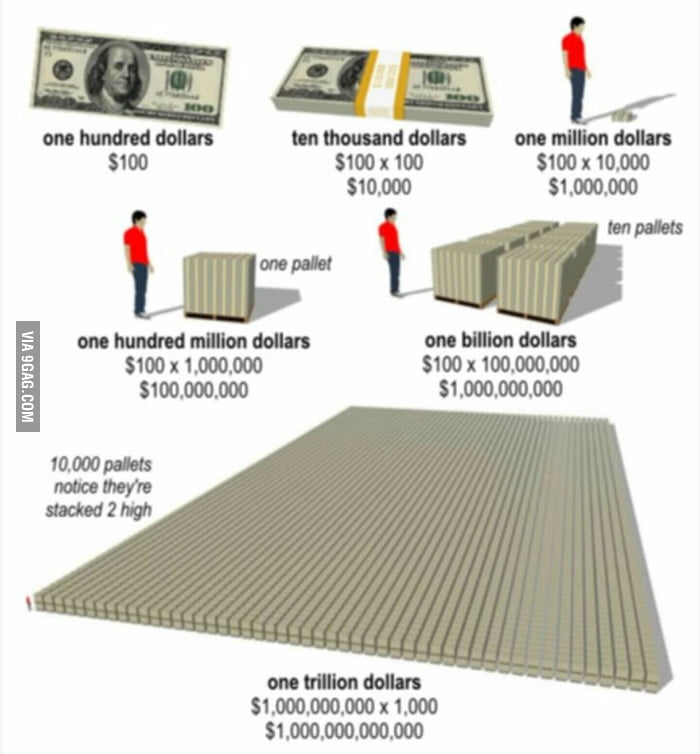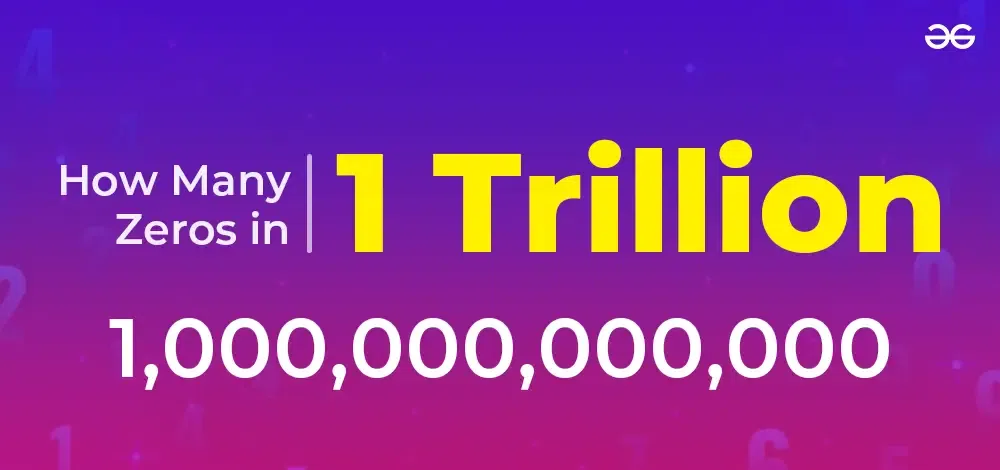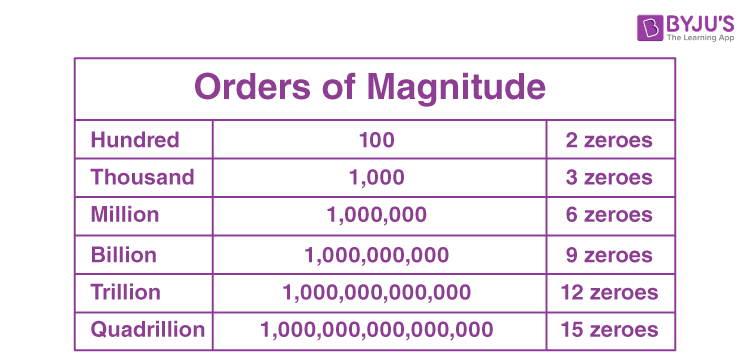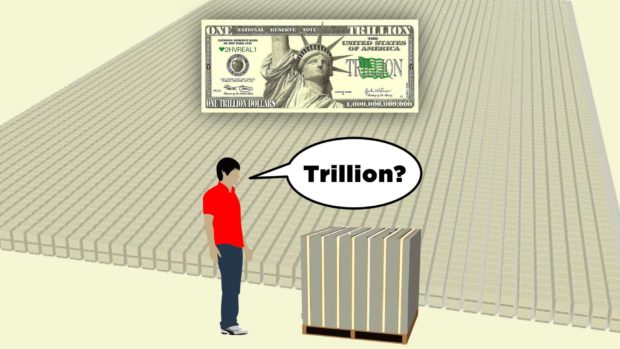1 Trillion Divided By 1 Billion
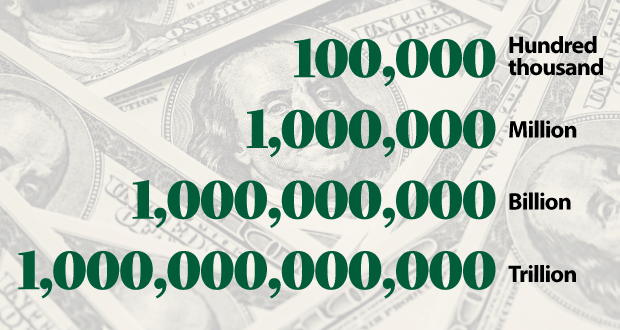
The calculation 1 Trillion divided by 1 Billion equals 1,000. This fundamental arithmetic is crucial for understanding large-scale economic discussions.
The result of this calculation—one thousand—serves as a key benchmark in interpreting government budgets, corporate valuations, and international finance. It highlights the magnitude differences between billions and trillions. This comprehension is critical for informed decision-making.
Understanding the Calculation
A trillion is defined as 1,000,000,000,000. A billion is defined as 1,000,000,000. Dividing one trillion by one billion is represented as: 1,000,000,000,000 / 1,000,000,000.
Simplifying this equation involves removing the common zeros from both the numerator and the denominator. This simplifies the equation to 1,000 / 1, which equals 1,000. The answer is a thousand.
Importance in Finance
In finance, understanding the difference between a billion and a trillion is vital for assessing economic scales. For example, when discussing government spending, it’s crucial to recognize that a trillion-dollar expenditure is a thousand times larger than a billion-dollar expenditure. This has a significant impact on budget allocations.
Company valuations also rely heavily on this understanding. A company valued at a trillion dollars, like Apple or Microsoft, is significantly larger than one valued at a billion dollars. Such difference impacts investment strategies.
Government Budgets and Economic Policy
Government budgets are often discussed in terms of billions and trillions. Understanding the scale of these figures is necessary for assessing the implications of fiscal policy. Increased spending in one area may require decreases elsewhere to stay within budgetary constraints.
For instance, the US federal budget for 2023 was projected to be approximately $6.4 trillion. To grasp this figure, it helps to recognize it is 6,400 times larger than a billion dollars. The Congressional Budget Office provides data and analysis on such figures.
Global Implications
The comparison between a trillion and a billion is equally important in the context of international finance. Aid packages, international debt, and global trade are frequently discussed in these terms. The impact of these amounts hinges on comprehending their scale.
International organizations like the World Bank and International Monetary Fund deal with sums in both billions and trillions. Understanding these figures is essential for analyzing their impact on global economies. This affects aid programs and debt relief initiatives.
Real-World Examples
Consider the market capitalization of major tech companies. As of late 2024, several companies have valuations exceeding a trillion dollars. This indicates enormous financial scale compared to companies valued only in the billions.
The U.S. national debt is currently in the tens of trillions of dollars. Understanding that this is thousands of times larger than amounts discussed in billions puts the debt in perspective. Sources like the Treasury Department provide relevant data on national debt.
Another area where this comparison is crucial is in the allocation of funds for infrastructure projects. Governments may commit billions to local projects. However, national budgets deal with trillions.
Economic Impacts
The difference between billions and trillions can significantly affect economic indicators. Changes in investment, government spending, and consumer behavior can all influence these figures. These movements are tracked by agencies like the Bureau of Economic Analysis.
Large stimulus packages, such as those implemented during economic downturns, often involve trillions of dollars. The goal is to boost aggregate demand and stimulate economic activity. This spending must be carefully monitored to assess its efficacy.
Future Projections
Looking forward, projections of economic growth and fiscal policy need to be understood in the context of trillions versus billions. Economic forecasts, issued by institutions like the Federal Reserve, predict various outcomes. These projections inform policy-making decisions.
The scale of potential future deficits and surpluses must be contextualized. Whether surpluses or deficits are trillions or billions affects the overall strategy. Consideration of long-term economic health is vital.
Conclusion
The simple calculation of 1 Trillion divided by 1 Billion equals 1,000, underscoring a crucial scaling factor for understanding finance, economics, and policy. Continuous monitoring of economic reports and financial analysis is essential for interpreting the significance of billions and trillions.

